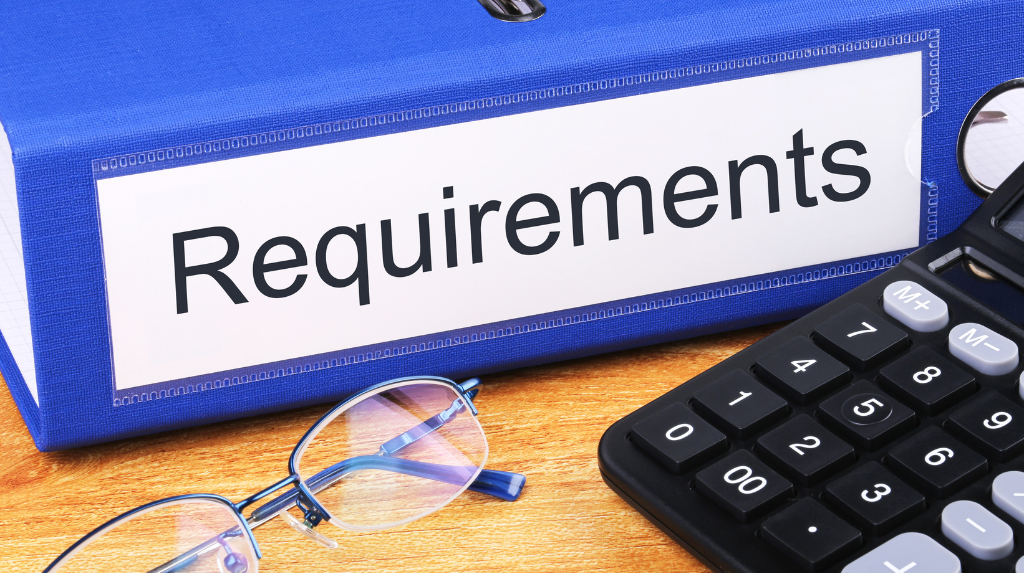Traveling abroad can be an enriching experience, especially for minors venturing out unaccompanied. However, it’s crucial to navigate the legal landscape and ensure a smooth journey. This article delves into the importance of parental consent for a child traveling abroad, shedding light on legal considerations and practical steps to facilitate hassle-free travel.
The Significance of Parental Consent
Legal Framework in Finland
Under Finnish law, joint custody necessitates joint decision-making regarding a child’s matters, including international travel. Neither parent, nor any other person, holds the right to take the child abroad without the explicit consent of the other parent or both parents. While Finnish law doesn’t prescribe specific wording for consent, it emphasizes its necessity.
Documenting Consent
To comply with legal requirements, it is advisable to have a written travel consent included in the child’s travel documents. This document serves as a tangible proof of parental approval, ready to be presented to authorities at the destination country’s border.
International Variances in Consent Requirements
Country-Specific Guidelines
Unaccompanied minors encounter varying regulations depending on the destination. Countries like Russia and South Africa, for instance, provide detailed instructions on the type of consent they require. It is imperative to research and adhere to the specific guidelines outlined by the authorities at the child’s destination.
Airline Policies
In addition to governmental regulations, airlines may impose their own set of requirements for unaccompanied minors. Even if not explicitly stated, having written parental consent is a prudent measure. This not only aligns with legal obligations but also ensures a smoother boarding process.
Crafting a Comprehensive Consent Letter
Parents or legal guardians play a pivotal role in facilitating their child’s unaccompanied travel. To create an effective consent letter:
Inclusion of Travel Details
The letter must encompass all pertinent travel details, including flight information, accommodation arrangements, and the purpose of the journey. Providing a comprehensive overview minimizes potential concerns from authorities.
Contact Information Verification
Include up-to-date contact information for the parents or legal guardians. This ensures authorities can easily reach out for verification if necessary, instilling confidence in the consent’s authenticity.
Language Considerations
While crafting the consent letter, consider the language preference of the destination country. It can be in the local language or English, enhancing its accessibility and understanding.
Signature of Consent
The document must bear the authentic signatures of both parents or legal guardians. This adds a layer of credibility and confirms the voluntary nature of the consent.
In conclusion, securing parental consent for a child traveling abroad unaccompanied is a fundamental step towards a seamless and lawful journey. Understanding the legal nuances, complying with country-specific guidelines, and adhering to airline policies contribute to a stress-free travel experience. By diligently crafting a comprehensive consent letter, parents can ensure their child’s safety and compliance with legal requirements, making the journey not only enriching but also worry-free.





